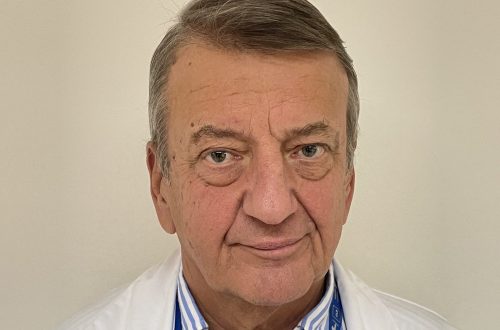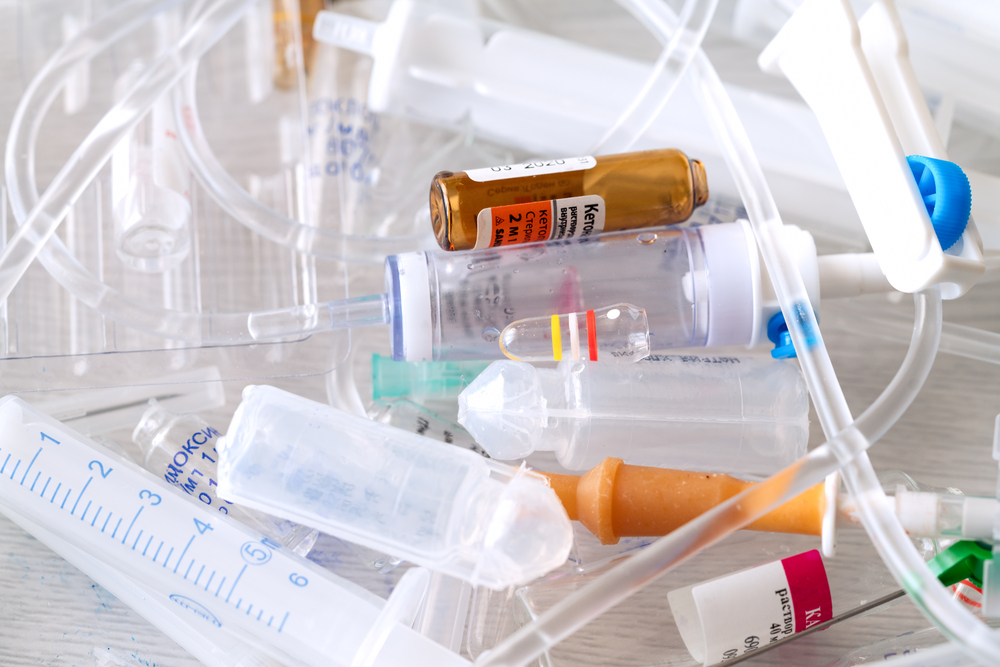Congress Newsletter 2023
GAS Symposium: Green Anaesthesia Scotland - building a national sustainability project from the ground up
While 21st century anaesthesia has been one of medicine’s enormous success stories in terms of patient safety and allowing what was previously thought to be impossible surgery possible, it is now recognised that these achievements have not been without cost. Healthcare is, unfortunately, a significant contributor to pollution, with critical care facilities and anaesthesia being prominent sources. 1% of a country’s waste comes from its healthcare sector, with 20% of that waste coming from operating theatres. Healthcare also accounts for 5.2% of global greenhouse gas emissions, and anaesthetic gases make up 2% of these. Anaesthetic agents such as Desflurane are 3000 times more potent as a greenhouse gas than CO2 and produces 26 times more CO2 than the alternative anaesthetic vapour, while Nitrous Oxide has 310 times the global warming potential of CO2 and an atmospheric life of 120 years.
Creating green anaesthesia environments that embrace tranquillity and natural elements can also contribute to faster patient recovery. In addition, by establishing environmentally friendly indoor healthcare settings, organisations can not only reduce infrastructure expenses but also improve employee productivity and well-being.
In 2017 a group of like-minded anaesthetists met at the Scottish Society of Anaesthetists’ annual meeting in Peebles. They had all tried to introduce green practices into their departments with varying success, often encountering resistance in the form of entrenched attitudes and bureaucracy. They recognised that real change would require cooperation and that a global problem could not be addressed by individuals alone, and thus Green Anaesthesia Scotland (GAS) was born.
By forming a network across Scotland, individuals could share their expertise and successes and receive help, advice, and allies when trying to change culture and practice in their own units. A virtual group, GAS outlined what the ideal “green theatre” would look like and set about coordinating projects across Scotland which, like anaesthesia before, would make what seemed impossible possible.
The grassroots success of GAS saw them attend COP26 when it was held in Glasgow and then work directly with the Scottish government to produce the National Green Theatres Project (NGTP). The NGTP is now in full swing with its first “sustainability bundle” published this year, which will look to eliminate Desflurane from practice, limit the environmental losses and contamination from Nitrous Oxide, promote energy efficiency by turning off non-essential anaesthetic systems out of hours, tackle waste with the introduction of reusable suction devices and developing recycling, repurposing, and waste management pathways and target unnecessary intravenous medicine use. The project has already seen success, with Desflurane removed from use in Scotland earlier this year and several sites decommissioning their nitrous oxide pipeline systems.
The NGTP has also shown that sustainable practice can also be financially beneficial too. Efficient and sustainable waste programmes can save more than £4500 per theatre per annum, while simply turning off anaesthetic scavenging systems out of hours has the potential to save around £800 per theatre per annum.
This year the GAS group will be at Euroanaesthesia, delivering a series of lightning talks looking at how a national network can be built, discussing the challenges in achieving sustainable change and looking at how to spread the green message beyond anaesthesia and form a continuous expert presence in the Dear Green Place at the centre of the congress where they can not only share their knowledge but also get the chance to learn from practitioners from all over the world thanks to the commitment of ESAIC to making sustainable practice routine care.
At their core, GAS and ESAIC acknowledge the importance of cooperation and collaboration in promoting and achieving sustainable practice. Truly sustainable green healthcare can only come through partnerships between practitioners, patients, industry, and societies. By working together, we can change attitudes and culture and, with that, national and international policy. After all, the greatest waterfall starts with a single drop of water.
References
- Watts N, Amann M, Ayeb-Karlsson S, et al. The Lancet Countdown on health and climate change: from 25 years of inaction to a global transformation for public health. Lancet. 2018; 391(10120):581–630
- Charlesworth M, Swinton F. Anaesthetic gases, climate change, and sustainable practice. Lancet Planet Health. 2017;1(6):e216-e217. doi: 10.1016/S2542-5196(17)30040-2.
- Shelton CL, Sutton R, White SM. Desflurane in modern anaesthetic practice: walking on thin ice(caps)? Br J Anaesth. 2020;125(6):852–6. doi: 10.1016/j.bja.2020.09.013
- Scottish National Green Theatres Programme (last accessed 31/05/23) https://www.nhscfsd.co.uk/our-work/national-green-theatres-programme/
- McGain, F., Muret, J., Lawson, C., & Sherman, J. D. (2020). Environmental sustainability in anaesthesia and critical care. British Journal of Anaesthesia, 125(5), 680-692










